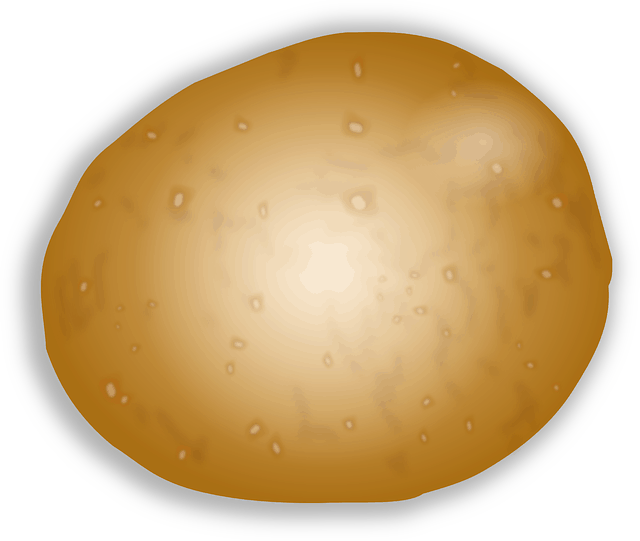
The glycemic index & load calculator shows you the two most important indicators- glycemic index value and glycemic load value for the most popular food products. For a diabetic person, what food is good for him, is decided by these two important numbers.
The simple rule is lower the Glycemic load, the better it is for a diabetic person. However, the American Diabetes Association, on the other hand, says that the total amount of carbohydrates in a food, rather than its glycemic index or load, is a stronger predictor of what will happen to blood sugar.[source Harvard medical health]
Glycemic Index Load Calculator
What is Glycemic Index?
Most foods contain carbohydrate, which is converted into glucose after digestion. Glucose converts to sugar and mix in our blood. In simple words,
The Glycemic Index (GI) is a value on a scale from 0 to 100 assigned to foods containing carbohydrates to represent how slowly or how quickly those foods cause increases in blood glucose levels.
The glycemic index definition was introduced in 1981, and scientists found that the glycemic index of a food depends on the following:
- The quantity and type of carbohydrates in the food;
- How many carbohydrate molecules are within the meal;
- The protein and fat content of the meal;
- How many organic acids are present in food; and
- The thermal treatment of the meal.
Based on Glycemic Index value, foods are grouped into Low GI, Medium GI and High GI.
- low GI (less than 55) –soy products, beans, fruit, milk, pasta, grainy bread, porridge (oats) and lentils
- medium GI (55 to 70) – orange juice, honey, basmati rice and wholemeal bread
- high GI (greater than 70) –potatoes, white bread and short-grain rice.
Diabetic patients are advised to minimise high GI foods and include more of low GI foods.
What is Glycemic Load?
1981 introduced the glycemic index, and doctors and nutritionists were advising diabetic people to consume foods that have a low glycemic index. But strange results were noted -some foods with low glycemic index value were spiking the blood sugar level compared to some food with high G.I. value, but raising sugar level in blood much less. For example,
Potato vs Apple, which is good for diabetic people?
Without applying the science behind the indexing GI or GL value, a person can say that apple being sweeter than potato is not good compared to potato. When we put scientific studies of GI and GL, it can be seen why apple is a far better food than potato.
Both apples and potatoes -contain the same amount of carbohydrates, but their GIs differ.

A small baked potato has GI of 80 and 15 g of carbohydrates. Glycemic Load of potato is = 80 x 15/100 = 12g

whereas an apple has a GI = 40 and 15g of carbohydrate .so; glycemic load apple is = 40 x 15/100 = 6g
Since the GL of the potato is double of the apple, if you eat the apple, the sugar level will be half of the amount if you eat the same quantity of baked potato.
1997-birth of Glycemic Load
One can not base the food selection merely on the glycemic index because the amount of carbohydrate-containing food you eat affects your blood glucose levels. For example, even though pasta has a low GI, a large serving can spike blood glucose levels more than a smaller serving. Based on this observation, a new value was invented to categorise foods containing carbs.
In 1997 the concept of Glycemic Load was introduced by researchers at Harvard University to quantify the overall glycemic effect of a portion of food. Thus, the GL of a typical food serving is the product of the amount of available carbohydrates and the food’s Glycemic index. The formula for finding Glycemic Load is
Glycemic Index of food x Amount of Carbohydrate divided by 100

Another example is watermelon. Watermelon does not increase blood sugar very high even though it is sweeter and has a high GI value (80 because a serving of watermelon has so little carbohydrate that its glycemic load is only 5.
The University of California in San Francisco (UCSF) defines glycemic load values as:
- Low GL: 10 or less
- Medium GL: 11 to 19
- High GL: 20 or higher
As a rule of thumb, a law Glycemic Load (below 10 ) food is better food for diabetic persons.
Glycemic Index vs Glycemic Load
Here is is chart of Glycemic Index vs Glycemic Load
| Glycemic Index (GI) | Glycemic Load (GL) | |
|---|---|---|
| Definition | The rate at which a | The rate at which a |
| carbohydrate-containing | carbohydrate-containing food | |
| food raises blood sugar | raises blood sugar levels, | |
| levels compared to | taking into account the | |
| glucose (which has a | serving size of the food. | |
| GI of 100) | ||
| Calculation | Divide the area under the | Multiply the GI by the amount |
| blood sugar response curve | of carbohydrate in a serving | |
| for a specific food by the | of the food, then divide by 100. | |
| area under the curve for | ||
| glucose, and multiply by | ||
| 100. | ||
| Units | No unit | Glycemic Load per serving or |
| per 100 grams of the food. | ||
| Purpose | Indicates how quickly a | Indicates both the quality and |
| carbohydrate-containing | quantity of carbohydrates in a | |
| food will raise blood | food that will affect blood | |
| sugar levels. | sugar levels. | |
| Example | Watermelon has a high GI | Watermelon has a high GI but a |
| but a low GL because it | low GL because it has a low | |
| has a low carbohydrate | carbohydrate content per serving. | |
| content per serving. | A bagel has a high GI and a high | |
| A bagel has a high GI and a | GL because it has a high | |
| high GL because it has a | carbohydrate content per serving. | |
| high carbohydrate content | ||
| per serving. |
Glycemic Index vs Glycemic Load:Which is More important than Glycemic Index?
The Glycemic Load value considers both the Glycemic index and the quantity of carbohydrates in a serving; this value gives a much better picture of a food’s real impact on the blood sugar level.
However, it should also be noted that various other factors, like how much time you cooked the food or the temperature at which it was cooked, can change the glycemic index. For example, the Canadian Society of Intestinal Research says that some foods with carbs become easier to digest after a long cooking time, which can subsequently raise their glycemic load.
Glycemic Index Load Calculator Values & Formula
The glycemic index of specific food products needs to be determined experimentally in a research setting; however, tables and lists with GI values for many types of foods are widely available. Our glycemic index calculator uses data from the official glycemic index website and the international GI database from the University of Sydney.
A person conscious of good health should pay attention to the Glycemic index and Glycemic load value of food and know his BMI and BMR value. Hope you liked the Glycemic Index load Calculator . Have you checked our BMR calculator and BMI calculator.